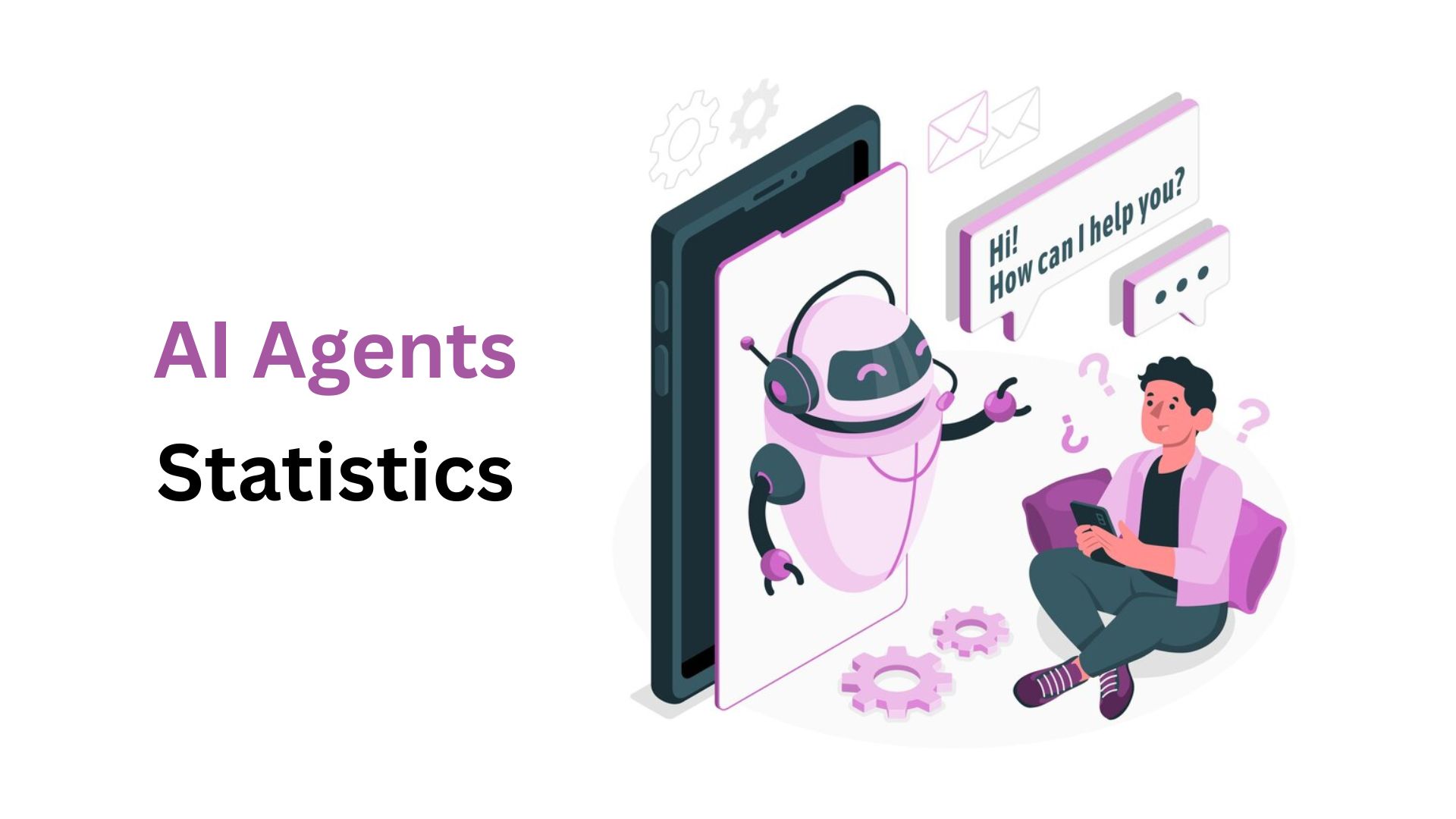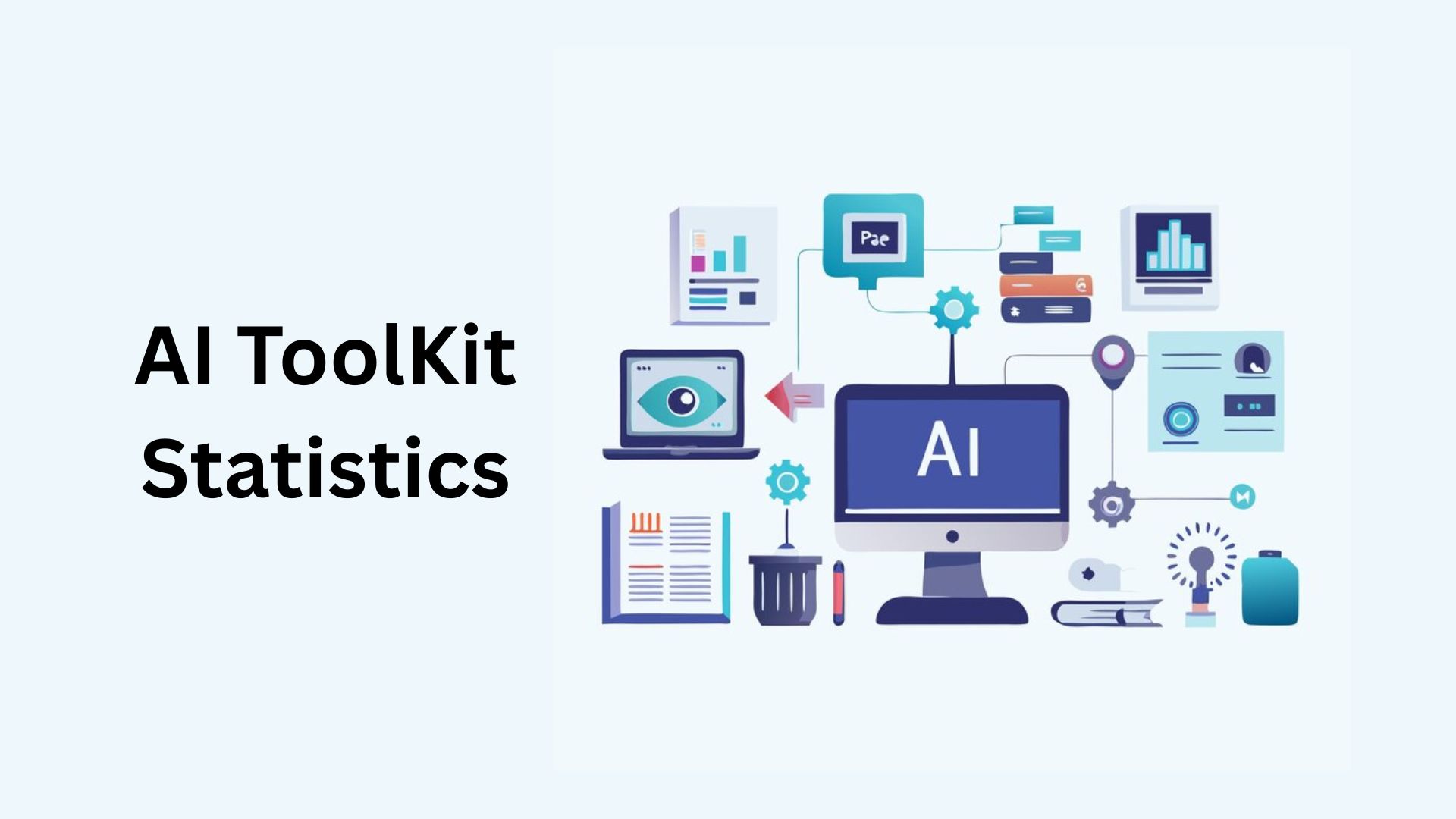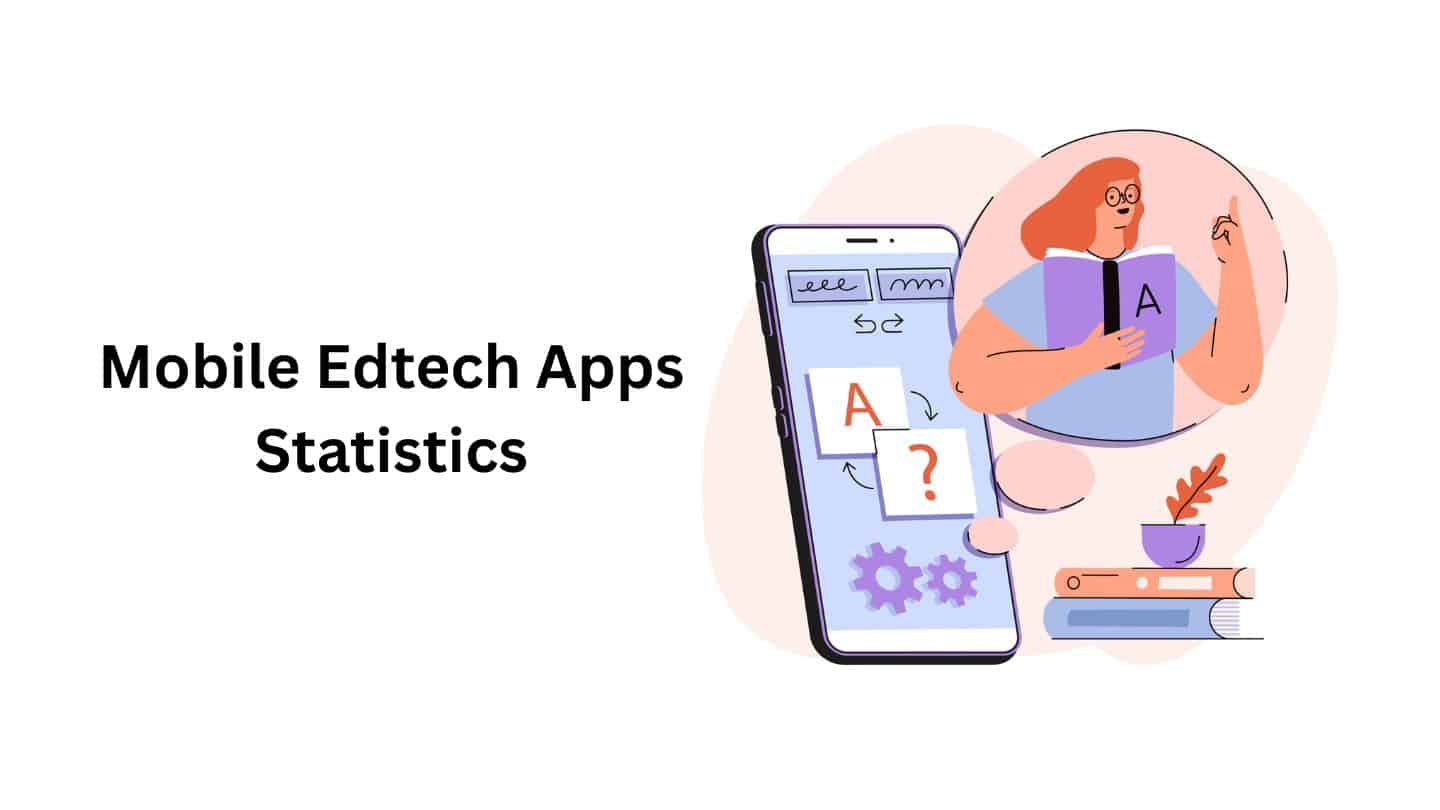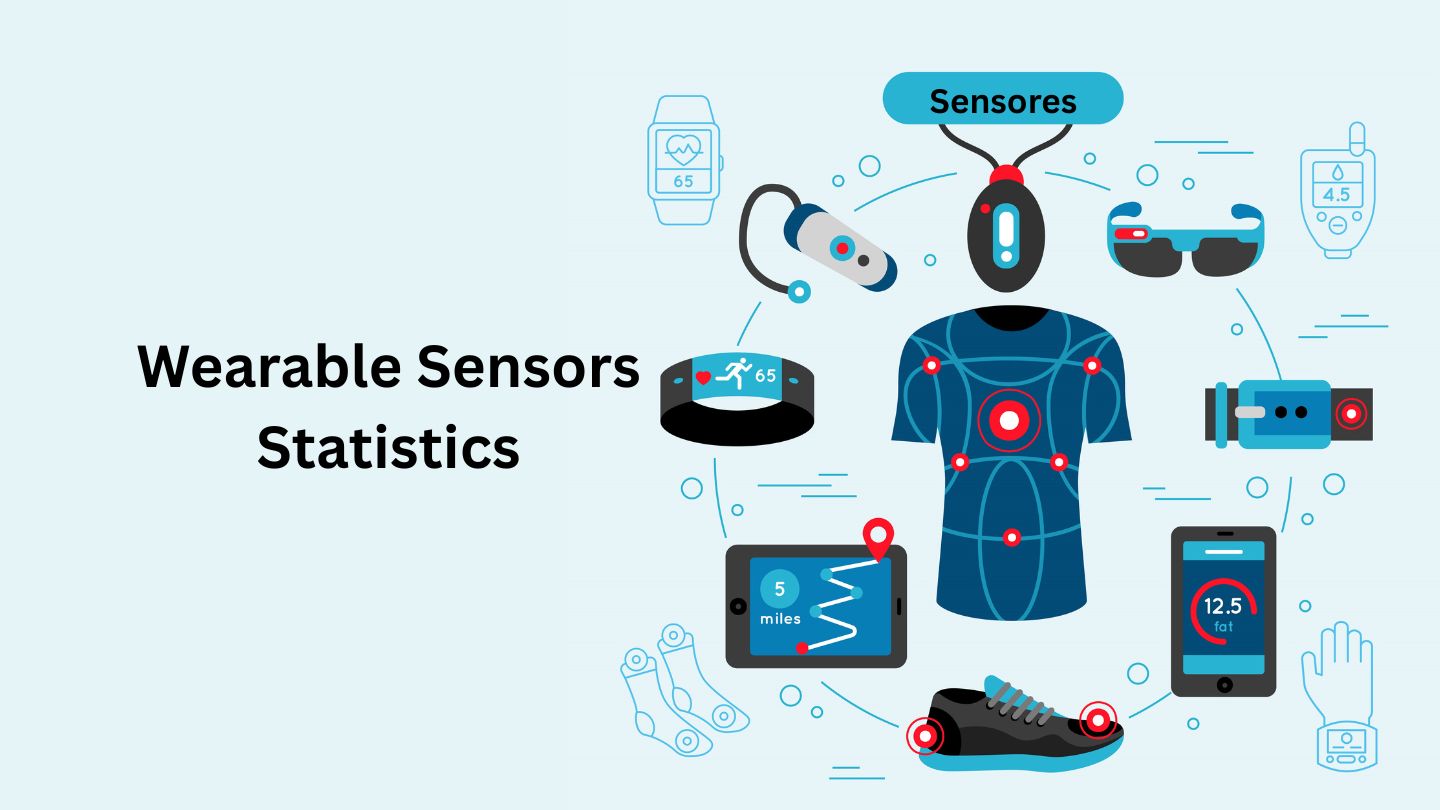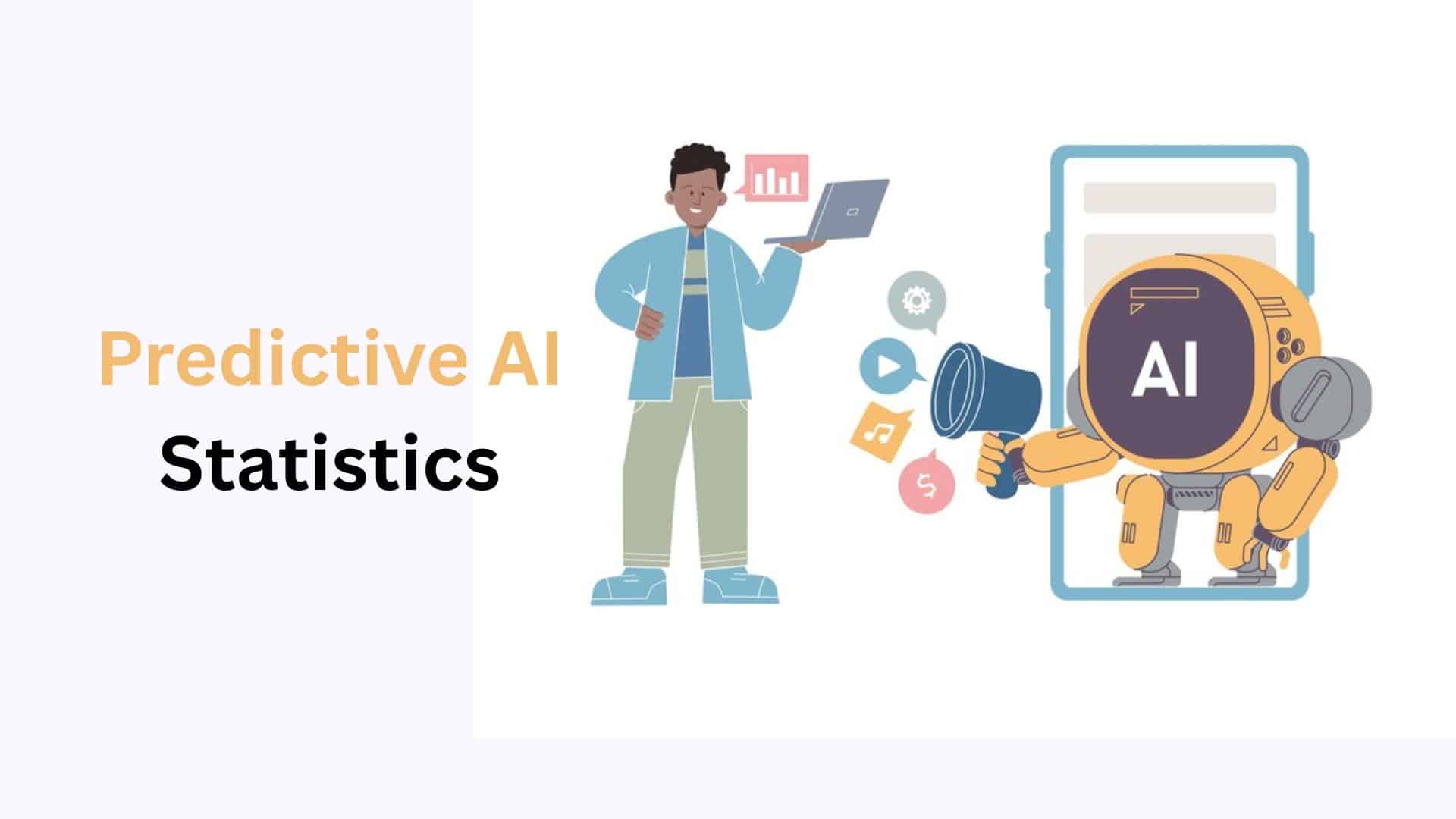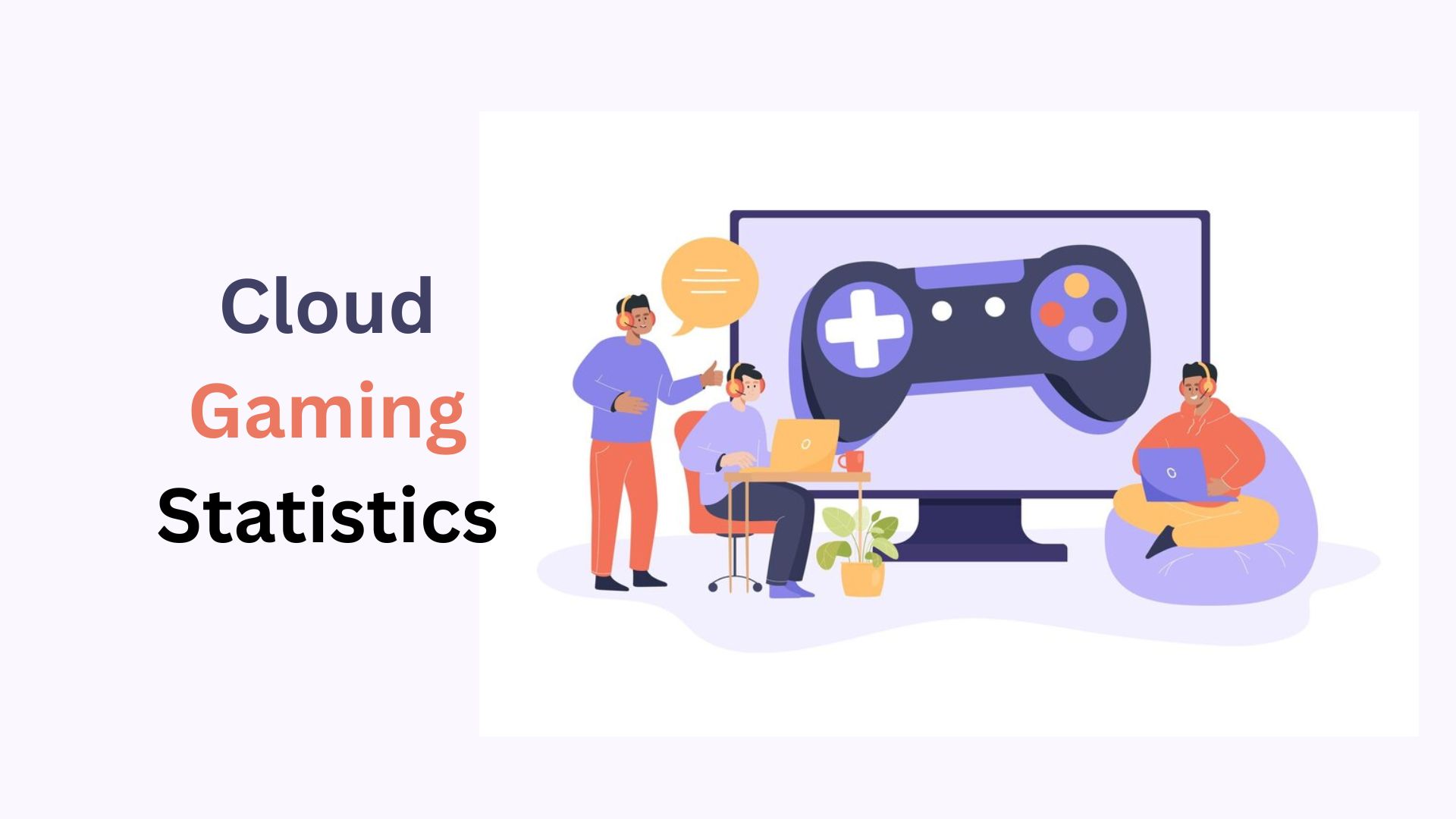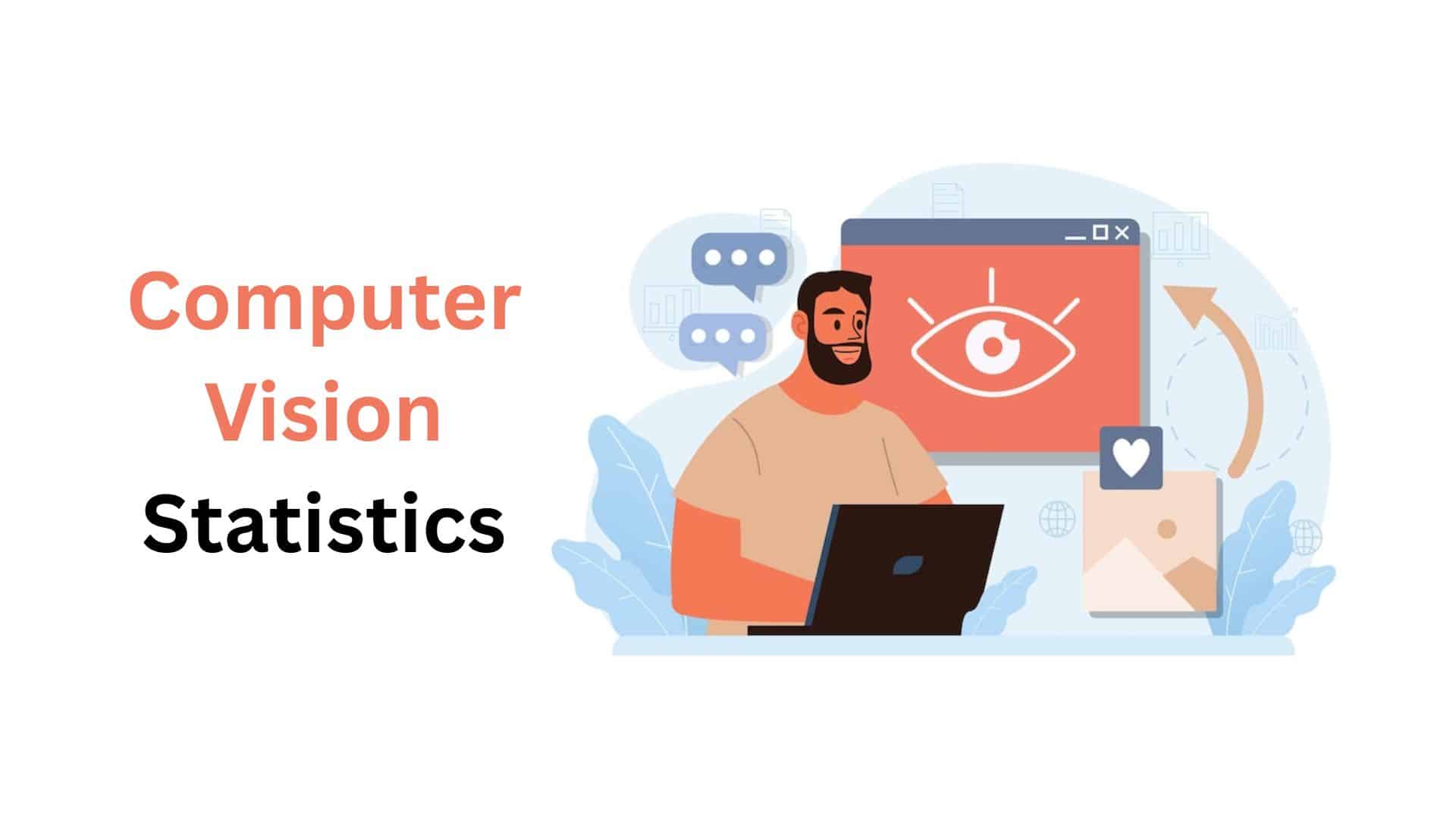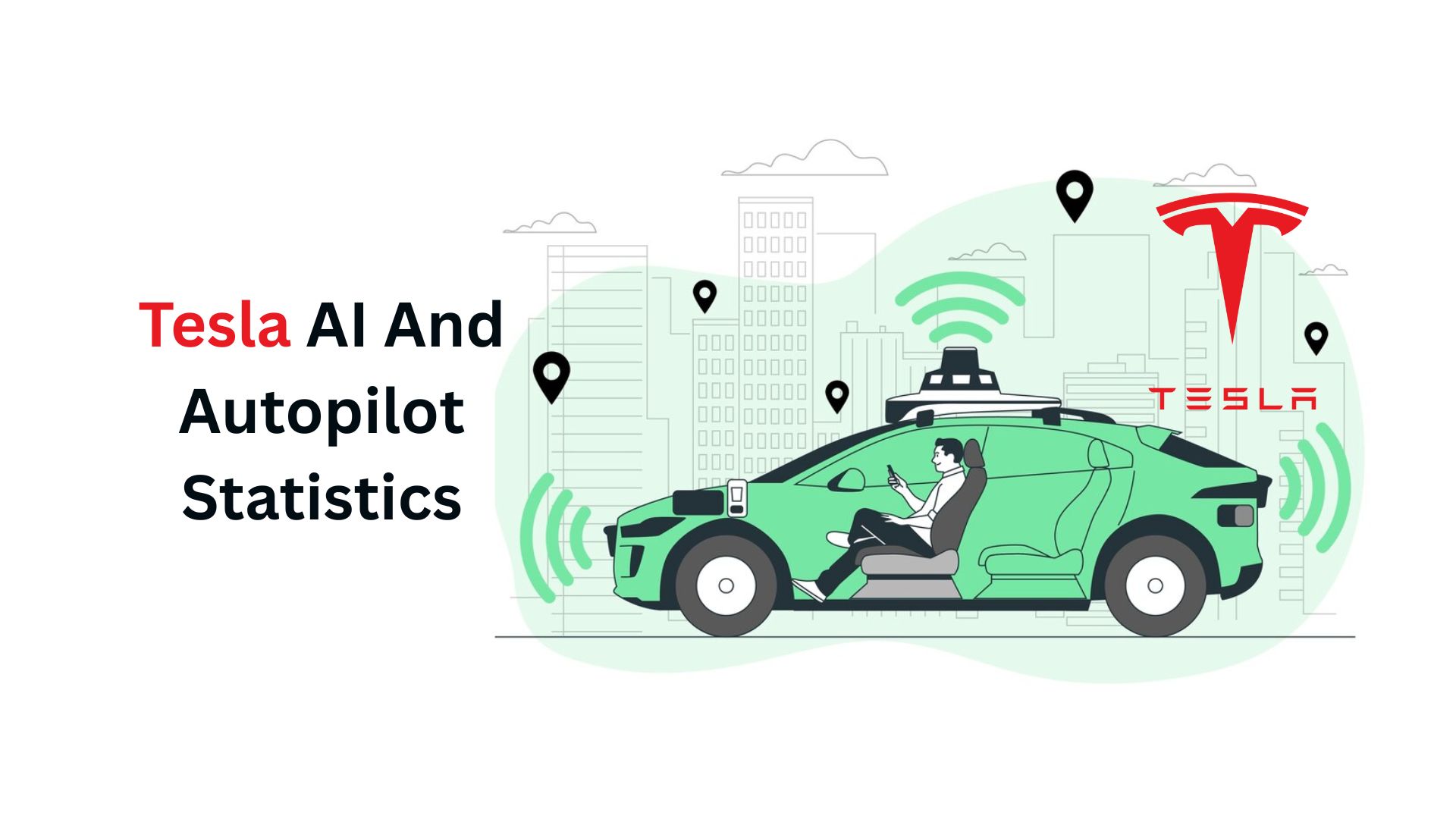AI Toolkit Statistics By Market, Regions, Future, AI Search And Developer Tools

Updated · Apr 22, 2025


TABLE OF CONTENTS
Introduction
AI Toolkit Statistics: Artificial intelligence (AI) tools have become a key part of progress in the fast-moving field of data science. These tools help make tough jobs easier by automating them, giving more accurate results, and changing how regular statistics are used.
Because of their strong ability to save time and improve predictions, many data scientists now depend on AI tools and see them as a big advantage. This article will shed more light on AI Toolkit Statistics.
Editor’s Choice
- From January to April 2023, company earnings rose by 45% thanks to the growing demand for AI models. Around 73% of businesses still lose time on routine tasks that AI could easily handle.
- The global AI industry is expected to surpass $1.8 trillion by 2030. Forecasts show that the banking sector alone could grow by $340 billion due to the use of generative AI.
- AI Toolkit Statistics stated that employees using AI tools say their work performance has improved by 80%. Also, 3 out of 5 business leaders believe that using AI will help increase their sales.
- One business saw customer satisfaction increase by 30% after adopting AI solutions.
- Even though 73% of companies are focused on hiring workers with AI skills, there’s still a shortage of qualified talent.
- By 2030, AI could help raise local economies’ GDP by as much as 26%.
- However, 60% of companies using AI have not created ethical rules for it, and 74% don’t address possible AI biases.
- The Artificial Intelligence (AI) Toolkit Market is growing rapidly and is expected to reach around $404.1 billion by 2033. This is a big jump from $24.6 billion in 2023, with an average yearly growth rate (CAGR) of 32.3% between 2024 and 2033.
- North America was the top market in 2023, bringing in $8.4 billion and 34.8% of the global share. This shows that the region is leading in using and developing AI technologies.
- The Software segment led in 2023, holding over 60.2% of the market. This shows a strong demand for AI-powered software tools across many business areas.
- Machine Learning stayed on top in the AI toolkit space, with a more than 51.5% market share in 2023. Its strength in turning data into useful insights makes it a key part of business strategies worldwide.
- AI Toolkit Statistics stated that large companies were major in this growth. In 2023, they made up over 62% of the market by investing heavily in AI to boost productivity and improve customer service.
- The IT & Telecom industry also had a strong presence, accounting for over 21.7% of the market in 2023. This shows how early the sector started using AI to improve network operations, automate tasks, and offer better support to users.
AI Toolkit Market Size Statistics
- The AI toolkit market is growing quickly, mainly due to a few key factors. One big reason is the rising amount of data businesses produce.
- Companies also want to speed up how they make decisions and get ahead of competitors by using AI-powered insights.
- At the same time, stronger computing power and lower costs for storing data have made AI tools easier to use and more affordable for businesses and developers.
- AI Toolkit Statistics stated that the demand for AI toolkits is especially high in industries that rely on accuracy and speed.
- More companies are also using AI to give customers more personalized experiences, manage inventory and logistics, and improve daily operations.
- There are also big opportunities in areas like the auto industry, where AI is important for self-driving cars, and telecom, where it helps manage networks and improve customer support.
- Fast-growing markets, especially in Asia-Pacific, are seeing more growth as digital technology and smart devices become more common.
 (Source: market.us)
(Source: market.us)
- In 2023, 92% of software developers said they used AI-based coding tools for work and personal use.
- Today, around 4.3 million project repositories include Docker, which helps make AI development and container use easier. This proves how important this tool is in today’s tech world.
- Businesses need AI toolkits because of the growing cost and difficulty of training AI models.
- These large amounts show how demanding AI development can be and why advanced toolkits are needed to cut down time and costs.
- AI Toolkit Statistics stated that about 55% of businesses use AI to automate tasks like customer service and supply chain work.
- This shows that more industries depend on AI, creating a strong market for companies that build AI toolkits for speed and efficiency.
- Government support also plays a big role in shaping the AI toolkit market.
- The European Commission’s Horizon Europe program has set aside €4.3 billion for AI projects through 2027 to help startups and small firms grow.
- In the U.S., federal spending on AI research hit $1.7 billion in 2022, a 13% increase from the year before and a 209% rise since 2018.
- These big investments are meant to keep AI growing and moving forward.
- The UK government is also backing AI, promising £3.5 billion to support its technology and science industries. This shows how important AI is on both national and global levels.
AI Toolkit Regional Statistics
- The worldwide AI toolkit market is divided into five main regions: North America, Europe, Asia Pacific, South America, and the Middle East & Africa.
- North America led the market in 2023. This is mainly because the region has advanced technology systems, major investments in AI research, and many top tech companies.
- AI Toolkit Statistics stated that supportive government programs and policies have also helped push AI adoption in the area.
- In April 2024, Canada’s federal budget highlighted the importance of investing in AI computing systems and using AI in important industries.
- The government also stressed the need for national AI rules, which, along with funding, will help more Canadian companies of all sizes and types start using AI.
- Europe was the second-largest market for AI toolkits. This growth is due to the rising number of businesses and the increasing demand for high-tech solutions.
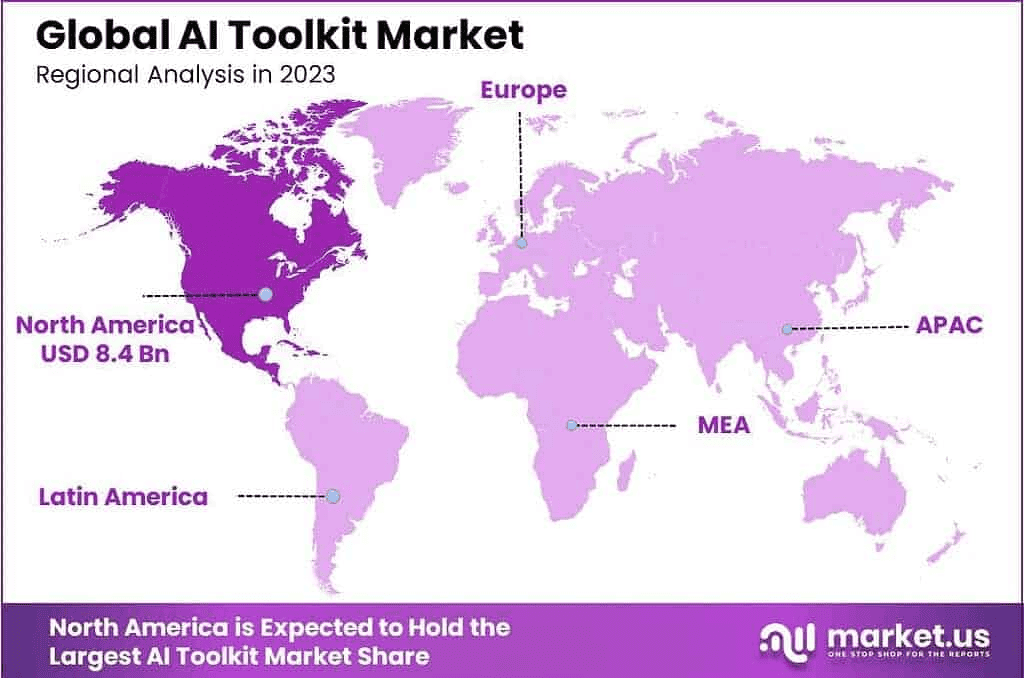 (Source: market.us)
(Source: market.us)
- According to an Amazon Web Services (AWS) report, over 33% of European companies already used AI in 2023.
- This matches Europe’s 2030 Digital Decade plan, which aims to give 80% of people basic digital knowledge, expand 5G networks, and get 75% of businesses to use cloud-based tools.
- The United Arab Emirates (UAE) is also seeing major growth in its AI market, with a strong focus on innovation.
- By May 2023, about 98% of companies in the UAE viewed AI as a key part of staying competitive.
- The rise of Natural Language Processing (NLP) is helping grow the use of AI chatbots and virtual assistants.
- AI Toolkit Statistics stated that more AI-based healthcare tools like smart monitors, modern stethoscopes, and robotic surgery devices are being developed.
- Dubai also introduced an Ethical AI Toolkit to guide businesses, schools, and individuals in using AI safely and responsibly.
Most used AI search and developer tools among developers
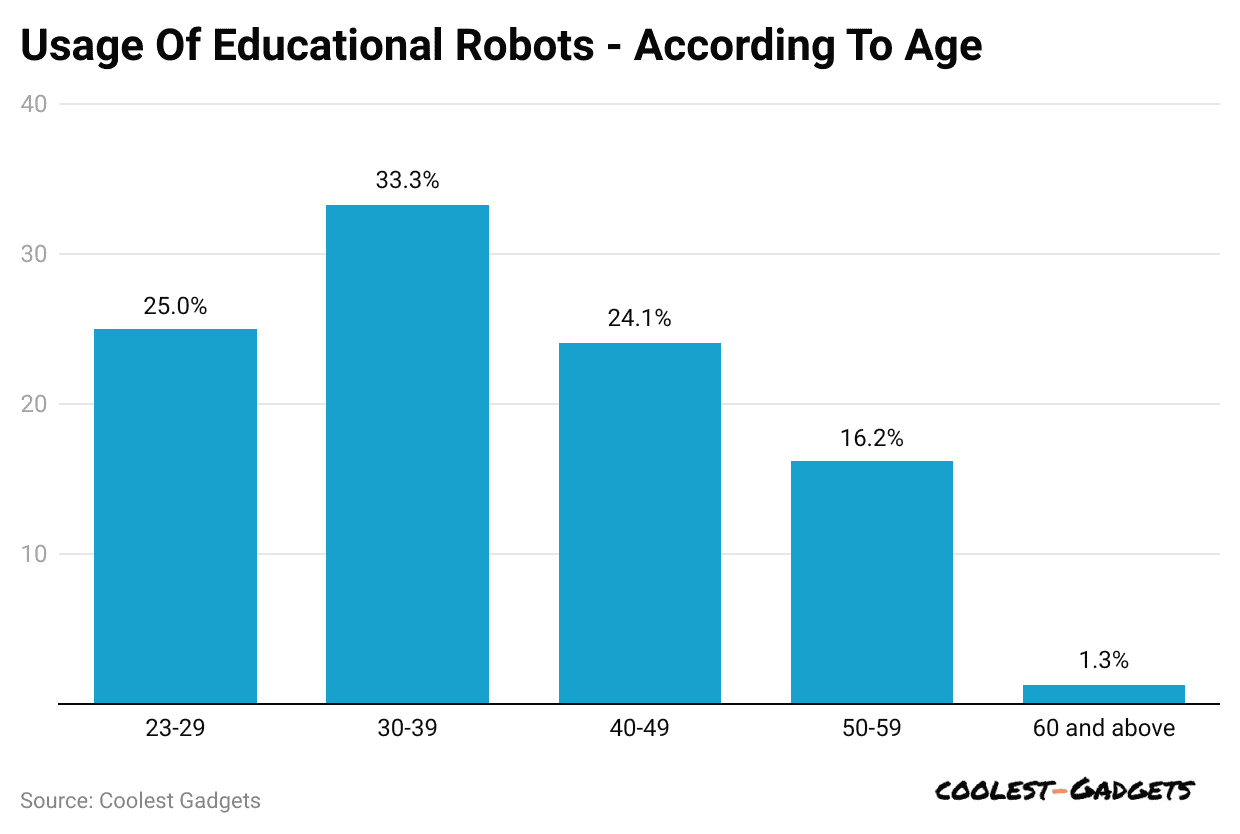 (Reference: statista.com)
(Reference: statista.com)
- In 2024, OpenAI’s ChatGPT was developers’ most commonly used AI tool, with 82% saying they used it often. GitHub Copilot took second place with 44%, while Google Gemini ranked third at 22%.
- Other widely recognized tools included Bing AI and Visual Studio IntelliCode, both owned by Microsoft.
- AI Toolkit Statistics stated that Claude and Perplexity AI had smaller, noticeable user bases.
- Older tools like Wolfram Alpha stayed steady, with 4% of developers using them, putting them ahead of newer options like Meta AI and Amazon Q.
Top 9 AI Tools for Data Analysis in 2025
#1. Domo
 (Source: domo.com)
(Source: domo.com)
Domo is a full-service data platform that helps users clean, manage, and organize data. You can build custom apps to analyze information where your team already works. It includes built-in AI tools to guide users in finding useful insights and offers smart chats to ask questions about the data. It also supports outside AI models for forecasting and understanding customer feelings.
Pros:
- AI is used in every step of the data process
- Easy to explore data and manage AI models
- Built-in tools for secure and responsible AI use
- Works well with other AI models
- Has a strong user community
Cons:
- It might be too complex for small businesses
- It can be pricey if you only need it for basic analysis
#2. Microsoft Power BI
If your team already uses Microsoft Office, Power BI is a great fit. It works well with Excel and other Microsoft tools. You can pull data from almost anywhere and use AI features like Azure Machine Learning.
Pros:
- Simple to use for those familiar with Microsoft products
- Works smoothly with Office apps
- Can handle big data
Cons:
- Advanced features cost more
- Some learning is needed for AI tools
- Getting non-Microsoft data into the system may take extra effort
#3. Tableau
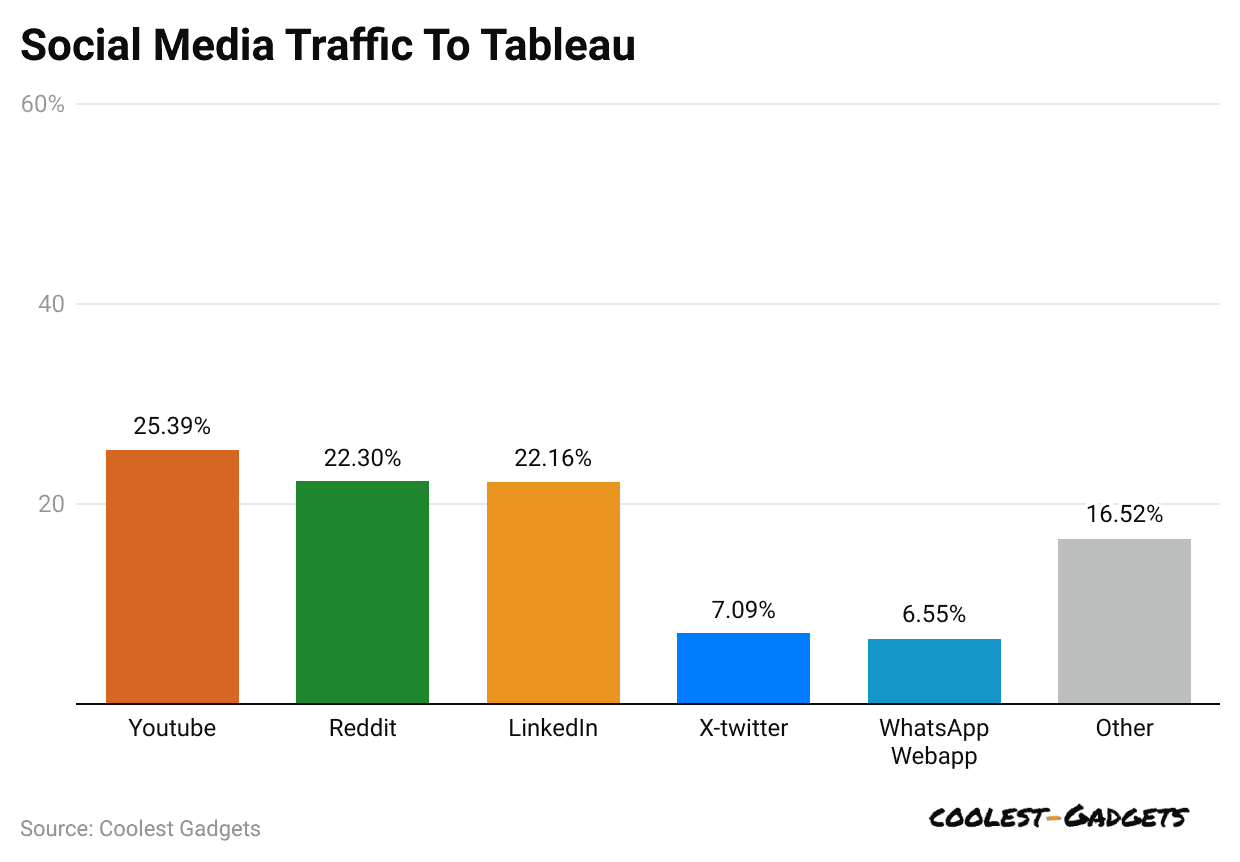 (Reference: electroiq.com)
(Reference: electroiq.com)
- Tableau accounts for about 16.7% of the global data visualization and business intelligence tools market, making it one of the leading platforms.
Tableau competes with other big names like:
- Microsoft Power BI holds 22.1% of the market
- Qlik Sense has 10.5%
- Looker – owns 8.9%
- Domo – takes up 5.3%
- Others include Google Data Studio, QlikView, and several niche tools
Tableau gets most of its website visitors through:
- Direct access – 54.68%
- Organic search (via search engines) – 34.90%
- Social media, led by YouTube at 25.39%, followed by Reddit and LinkedIn
- There’s an almost equal split between male and female users, with slightly more females.
- The biggest user group is people aged 25 to 34, making up 31.10% of the audience.
- Tableau’s AI now reduces false alerts by 20% in its anomaly detection
- AI Toolkit Statistics stated that users get real-time alerts in just 5 milliseconds when unusual patterns are found.
- Over 4 million dashboards have been shared on Tableau Public, a 25% increase from 2023.
- Daily active users have grown by 30%.
- The community forum saw a 40% increase in activity, with over 500,000 new conversations started in 2024.
Updated Pricing (2024):
- Creator License: Now costs $75 per user/month, up 7% from $70
- Explorer License: Still $42 per user/month
- Viewer License: Reduced by 6%, now $15 per user/month
- Enterprise Plans: Custom pricing for large companies, with $500,000 increases for yearly deals
#4. Polymer
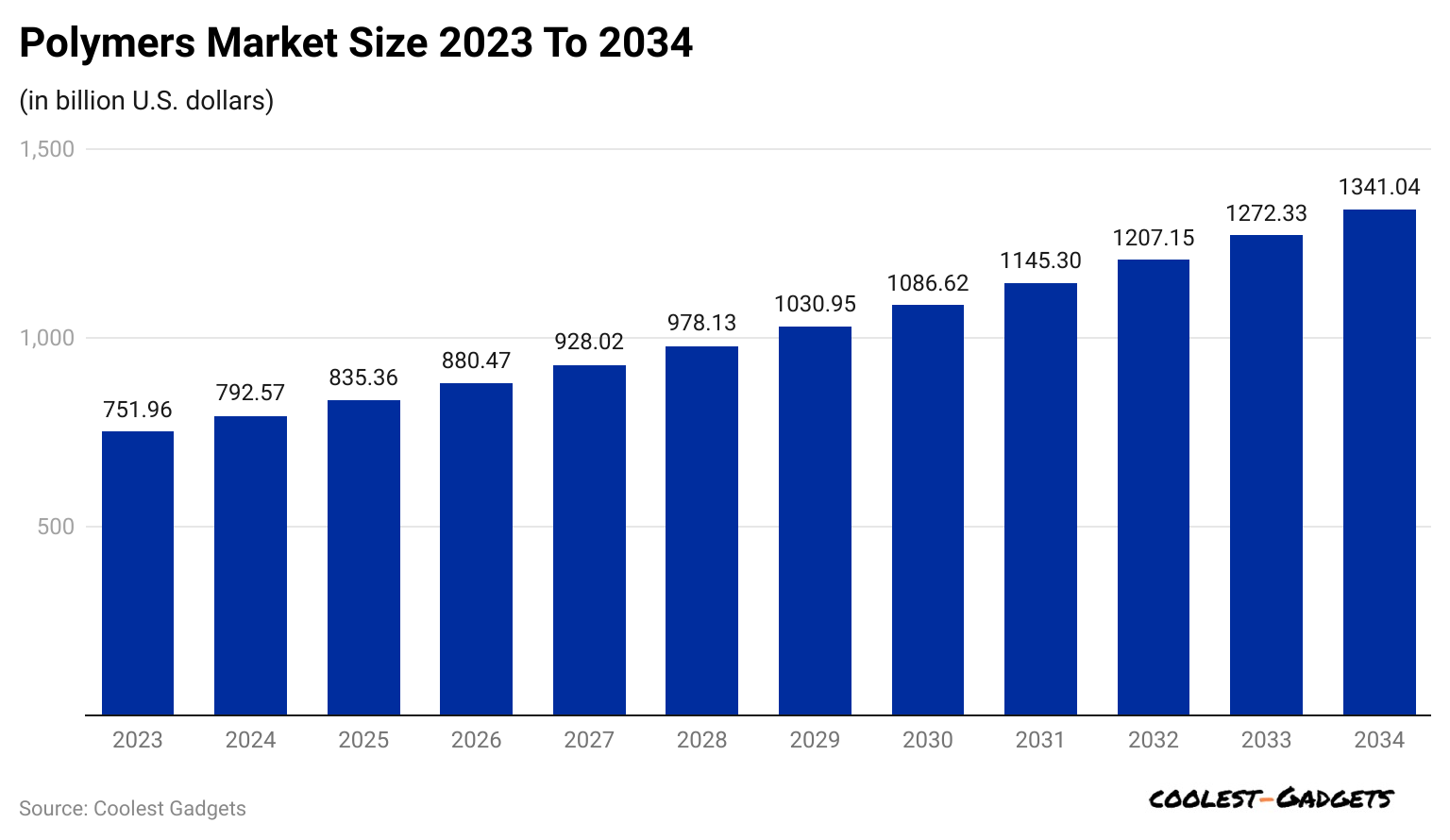 (Reference: precedenceresearch.com)
(Reference: precedenceresearch.com)
- Polymer is a newer tool that helps you turn spreadsheets into easy-to-use databases. It uses AI to find patterns and relationships in your data and gives helpful visuals.
- The Asia Pacific area brought in 44% of the total revenue in 2023.
- This region is expected to grow steadily between 2024 and 2034, with a yearly growth rate (CAGR) of about 51%.
- Regarding product types, thermoplastics comprised 43% of the total income in 2023.
- In terms of materials, polyethylene had the biggest share of revenue in 2023, and it’s predicted to grow at a 7.4% CAGR throughout the forecast period.
- AI Toolkit Statistics stated that among manufacturing processes, injection moulding is set to grow at a 6.9% CAGR from 2024 to 2034.
#5. Qlik
Qlik is great for teams already using it, but it has fewer AI features than tools like Domo or Power BI. It lets users explore data freely and work together easily.
Pros:
- Let users connect different data sets freely
- Teams can share and work together on data
- It can be built into other apps
Cons:
- Less AI capability compared to top competitors
- Takes time to learn
#6. IBM Cognos Analytics
IBM’s tool helps users create dashboards and reports with the help of IBM Watson. It uses AI to find trends, answer questions in plain English, and support decision-making. However, it can be hard to learn and customize.
Pros:
- Uses IBM Watson AI
- Supports natural language queries
Cons:
- Complicated to use
- The cost may be too high for smaller companies
#7. AnswerRocket
AnswerRocket is built to let users ask questions about their data in plain English. It quickly pulls insights and reports using AI. Its virtual assistant, Max, helps with sales reviews, business reports, and predictions.
Pros:
- Simple even for beginners
- Fast and helpful reports
- Works well for non-tech teams
Cons:
- Fewer features than major tools like Power BI
- There are not as many app connections
- Small support community
#8. Bardeen. ai
Bardeen.ai is focused on using AI to automate boring tasks. It connects with many apps, such as Google Sheets, LinkedIn, and HubSpot. It’s great for syncing data and getting useful info from unstructured sources.
Pros:
- Easy to link with popular tools
- Great for task automation
- Doesn’t need coding
Cons:
- Not built for deep data analysis
- Fewer data visuals
- Limited template options
#9. Talend
Talend supports AI by helping users plug machine learning into their data systems. You don’t need to write code; it works well for real-time big data. However, it’s more focused on managing and preparing data than giving visual insights.
Pros:
- Great for managing and connecting data
- Useful pre-built AI features
Cons:
- AI tools are basic
- Setup can be complex
- Needs tech skills to use fully
AI Tools and the Future of Work Statistics
- The rise of AI has led to much discussion about the future of work.
- Tech leaders like Elon Musk have made bold predictions that AI will surpass human intelligence in the next few years.
- While this may sound like science fiction, many people are concerned about AI replacing human jobs.
- AI Toolkit Statistics stated that although most business leaders think AI will create new jobs, many workers are still worried.
- Here are some important statistics and insights about AI job loss, its effects on different industries, and how workers can adjust to the age of AI
 (Reference: aiprm.com)
(Reference: aiprm.com)
- AI Toolkit Statistics stated that over 93% of employers and 86% of workers expect to use GenAI to automate repetitive tasks, increase creativity and innovation, and help with learning in the next five years.
- Salesforce reports that 28% of employees use GenAI at work, but 55% do so without management’s approval or oversight.
- AI Toolkit Statistics stated that 38% of U.S. workers are worried that AI might make their jobs completely or partly obsolete, whereas 26% are not concerned about AI’s impact.
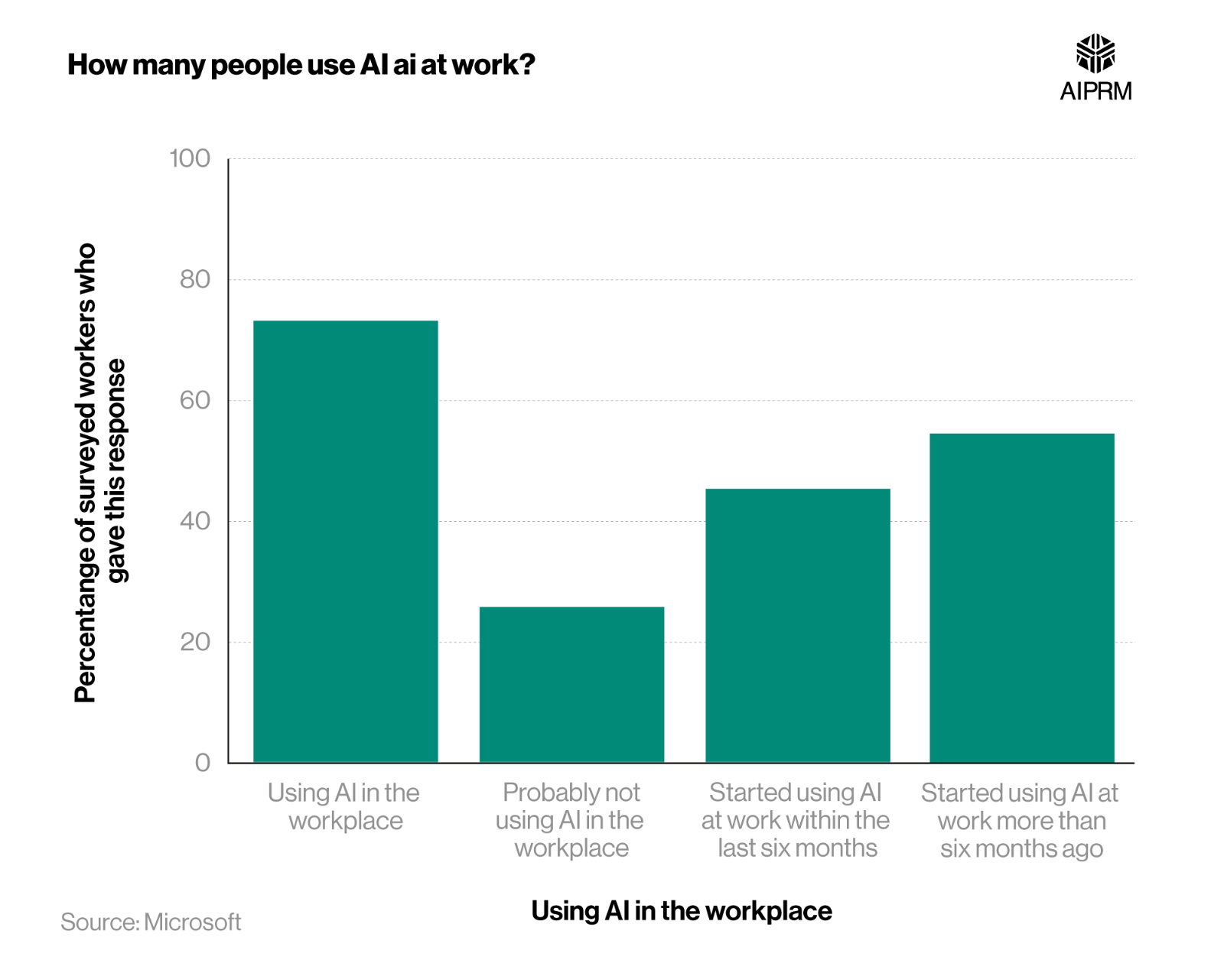 (Source: aiprm.com)
(Source: aiprm.com)
- Among workers stressed by AI, 1 in 3 say their mental health is poor, and 2 out of 3 feel that their workplace’s mental health issues are worse than leaders realize.
- Office and administrative roles (46%) and legal positions (44%) are the jobs most at risk from AI automation because they involve repetitive tasks that AI can handle efficiently.
- Even though improving skills is important for the future, 82% of employers and employees don’t know which specific skills they should focus on, and 4 out of 5 are unaware of external training options.
- AI Toolkit Statistics stated that workers using GenAI for administrative tasks save an average of 1.75 hours daily, allowing them to focus on more important, strategic work.
Conclusion
In summary, the AI toolkit market in 2025 is growing quickly, with more businesses and workers using AI to boost productivity and efficiency. Tools like GenAI are becoming important for automating tasks, boosting creativity, and driving innovation. While there are worries about AI taking jobs in areas like office work and law, it also opens up new roles in fields like AI and machine learning.
As companies and workers adjust to these changes, learning new skills is important, but many still don’t know which skills to focus on or where to find training. AI will keep changing industries, offering challenges and growth opportunities. We have shed enough light on AI Toolkit Statistics through this article.
Sources
FAQ.
The AI Toolkit works through the OpenAI API. When you use tools like AI Enhance, AI Autofill, or other AI features, you agree to let your input data be sent to OpenAI. Only the information you type while using these specific AI functions is shared—everything else you do stays private.
The AI Toolkit depends on the Openai API to function. Using it, you accept that your usage must follow all relevant laws. Some features or services might be limited or restricted based on the rules in your country or region.

Saisuman is a talented content writer with a keen interest in mobile tech, new gadgets, law, and science. She writes articles for websites and newsletters, conducting thorough research for medical professionals. Fluent in five languages, her love for reading and languages led her to a writing career. With a Master’s in Business Administration focusing on Human Resources, Saisuman has worked in HR and with a French international company. In her free time, she enjoys traveling and singing classical songs. At Coolest Gadgets, Saisuman reviews gadgets and analyzes their statistics, making complex information easy for readers to understand.


